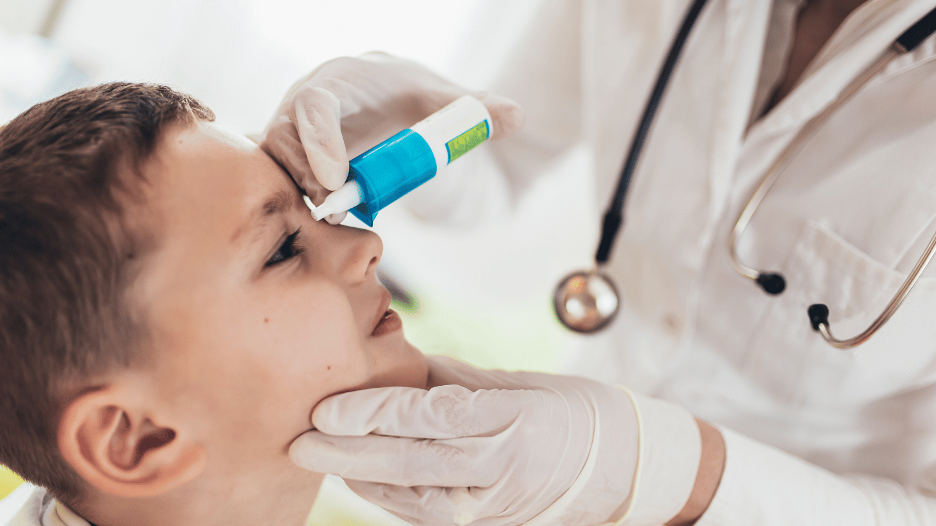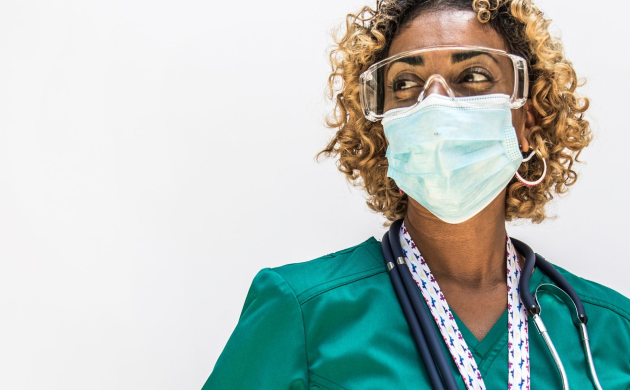
Pink eye treatment for kids: best practices for parents.
When your child comes home with red, itchy eyes, it can be a bit worrying. Pink eye, or conjunctivitis, is a common condition that affects kids, but the good news is that it’s usually mild and treatable. As a parent, knowing the best pink eye treatment for kids can help your child feel better fast and prevent the infection from spreading.
In this guide, we’ll explain what pink eye means for your child, provide a step-by-step treatment plan, and explain when it’s time to seek professional help.
Pink eye: what it means for your child.
Pink eye is an inflammation of the clear tissue covering the white part of the eye and the inside of the eyelids.
It’s common in kids and is usually caused by:
- Viruses. This type often accompanies a cold or respiratory infection.
- Bacteria. This type can cause more discharge and may need antibiotic eye drops.
- Allergies. Non-contagious, caused by environmental triggers like pollen or pet dander.
The good news? Most cases of pink eye are mild and can clear up with proper care. However, it’s contagious, so taking quick action can help prevent it from spreading to others.
Step-by-step guide to pink eye treatment for kids.
Here’s how you can treat your child’s pink eye at home:
- Keep the eyes clean. Use a clean, damp cloth to gently wipe away any discharge. Be sure to use a separate cloth for each eye if both are affected.
- Apply warm compresses. Place a warm, moist cloth over your child’s eyes for a few minutes to relieve discomfort and reduce swelling.
- Use prescribed eye drops. If your doctor has prescribed antibiotic eye drops (for bacterial pink eye), make sure to follow the dosage instructions carefully.
- Practice good hygiene. Wash your child’s hands often and remind them not to touch or rub their eyes. You’ll also want to wash pillowcases, towels, and other items that come into contact with their faces.
- Limit contact. Since pink eye can be highly contagious, keep your child home from school or daycare until the infection clears or your doctor says it’s safe to return.
Following these steps will help ease your child’s symptoms and prevent pink eye from spreading.
When to seek professional help for your child's pink eye.
Most cases of pink eye clear up on their own or with home treatment, but there are times when professional help is necessary. Here are a few signs that it’s time to visit a healthcare provider:
- Severe pain. If your child is experiencing more than mild discomfort.
- Vision problems. Blurred vision or light sensitivity could indicate a more serious issue.
- Symptoms that worsen or don’t improve. If your child’s pink eye doesn’t improve after a few days of home treatment, it’s time to see a doctor.
- Thick, yellow-green discharge. This could be a sign of bacterial pink eye, which may require antibiotics.
CityMD is here to help if you need medical attention for your child’s pink eye. Whether it’s advice on treatment or a prescription for eye drops, we’ll make sure your little one gets the care they need.
Conclusion.
Pink eye can be a frustrating experience for both kids and parents, but with the proper treatment and quick action, your child will be back to feeling better in no time. Remember to keep their eyes clean, practice good hygiene, and know when to seek professional help. CityMD is always available to provide expert care and ensure your child recovers as quickly as possible.
Visit your nearest CityMD today if you need guidance or treatment for your child’s pink eye!

We’re ready to care for you.
Visit any CityMD urgent care location in your community today for an evaluation with one of our expert providers.